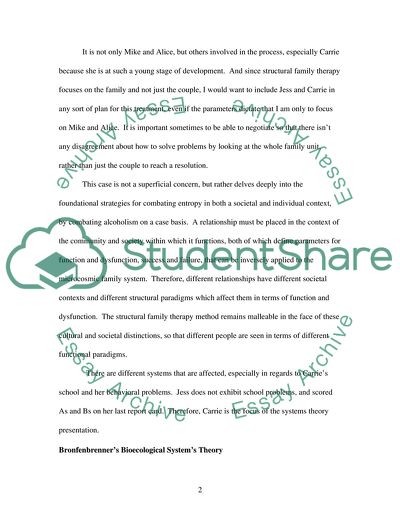Cite this document
(The Effects of Poverty on Children's Socioemotional Development Case Study, n.d.)
The Effects of Poverty on Children's Socioemotional Development Case Study. Retrieved from https://studentshare.org/social-science/1738383-impact-of-parents-alcohol-addiction-on-the-family-and-children-based-on-brofenbrenners-model
The Effects of Poverty on Children's Socioemotional Development Case Study. Retrieved from https://studentshare.org/social-science/1738383-impact-of-parents-alcohol-addiction-on-the-family-and-children-based-on-brofenbrenners-model
(The Effects of Poverty on Children'S Socioemotional Development Case Study)
The Effects of Poverty on Children'S Socioemotional Development Case Study. https://studentshare.org/social-science/1738383-impact-of-parents-alcohol-addiction-on-the-family-and-children-based-on-brofenbrenners-model.
The Effects of Poverty on Children'S Socioemotional Development Case Study. https://studentshare.org/social-science/1738383-impact-of-parents-alcohol-addiction-on-the-family-and-children-based-on-brofenbrenners-model.
“The Effects of Poverty on Children'S Socioemotional Development Case Study”. https://studentshare.org/social-science/1738383-impact-of-parents-alcohol-addiction-on-the-family-and-children-based-on-brofenbrenners-model.


